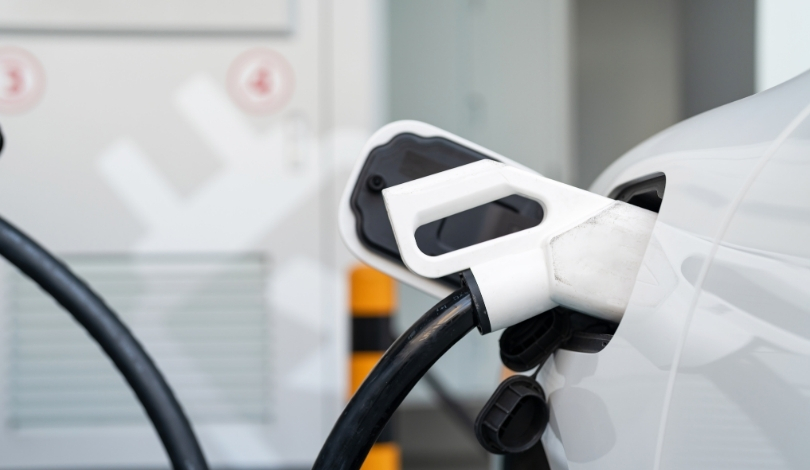A recent social media post from Elon Musk reignited interest in Tesla’s ambitions, as the CEO hinted at extreme modifications to the Cybertruck in a widely circulated video. The imagery, generated by Grok Imagine AI, presents a scenario where the Cybertruck flies above a highly advanced metropolis, sparking curiosity about the automaker’s future technological directions. In a market focused on pragmatic innovations, Musk’s penchant for sharing speculative concepts continues to stir industry debate and public imagination. Consumer reactions ranged from skepticism to excitement, especially as no other major automaker has publicly discussed such radical ideas for mass-market vehicles.
Past information about Tesla’s vehicle development has emphasized practical advances, such as enhanced autopilot and longer battery ranges, rather than dramatic concepts like flying vehicles. While Tesla previously showcased plans to integrate advanced propulsion systems using SpaceX-derived technology in the Roadster, actual implementation has seen delays. Until now, most official communications centered on gradual enhancements in vehicle safety and performance, with little emphasis on speculative future projects. The latest teaser marks a divergence from earlier approaches by framing futuristic scenarios more explicitly in public forums, drawing greater attention to Tesla’s conceptual visioning over tangible product launches.
How Did Elon Musk Present the Flying Cybertruck Concept?
Elon Musk used his social media platform X to share the video created with Grok Imagine, showcasing the Cybertruck navigating through the sky above an imagined urban landscape. Musk commented,
“Maybe Tesla should make this.”
This direct interaction, accompanied by visuals of massive robots and high-tech infrastructure, generated a discussion about the practicalities and aspirations behind such a project.
What Progress Exists on Hovering Vehicle Technology?
Tesla has previously explored aerodynamic innovations for the Roadster, with intentions to utilize SpaceX cold gas thrusters to achieve limited hovering capabilities. Notably, Tesla engineers have actively discussed sub-second acceleration times for the new Roadster using these propulsion aids, though real-world demonstrations are still pending. The idea of a hovering Cybertruck, however, remains speculative, lacking any announced prototype or development timeline.
Can These Concepts Become Reality in Current Automotive Trends?
Current trends in the automotive world prioritize advancements like full self-driving and energy efficiency rather than airborne capabilities. Companies such as Waymo focus on refining autonomous navigation, whereas flying vehicles present major regulatory, technical, and safety challenges.
“Vehicles are becoming more advanced with every passing day as companies like Tesla, Waymo, and others are working to sort out things like autonomous and driverless travel,”
Musk said, highlighting a broader industry context in which such speculative ideas exist.
Any plans to create airborne consumer vehicles like the flying Cybertruck are unlikely to materialize soon, given technological hurdles and regulatory uncertainties. Tesla’s hints toward advanced propulsion, particularly in the Roadster, highlight the company’s continued interest in pushing the boundaries of performance. However, actual implementation will depend on overcoming significant challenges in engineering, safety certification, and public acceptance. For automotive consumers and industry observers, tracking Tesla’s futuristic ambitions may offer insight into the possibilities and limits of vehicular technology. As companies vie for leadership in new mobility solutions, the juxtaposition of visionary teasers and incremental progress illustrates how automakers balance aspirational marketing with tangible deliverables.










